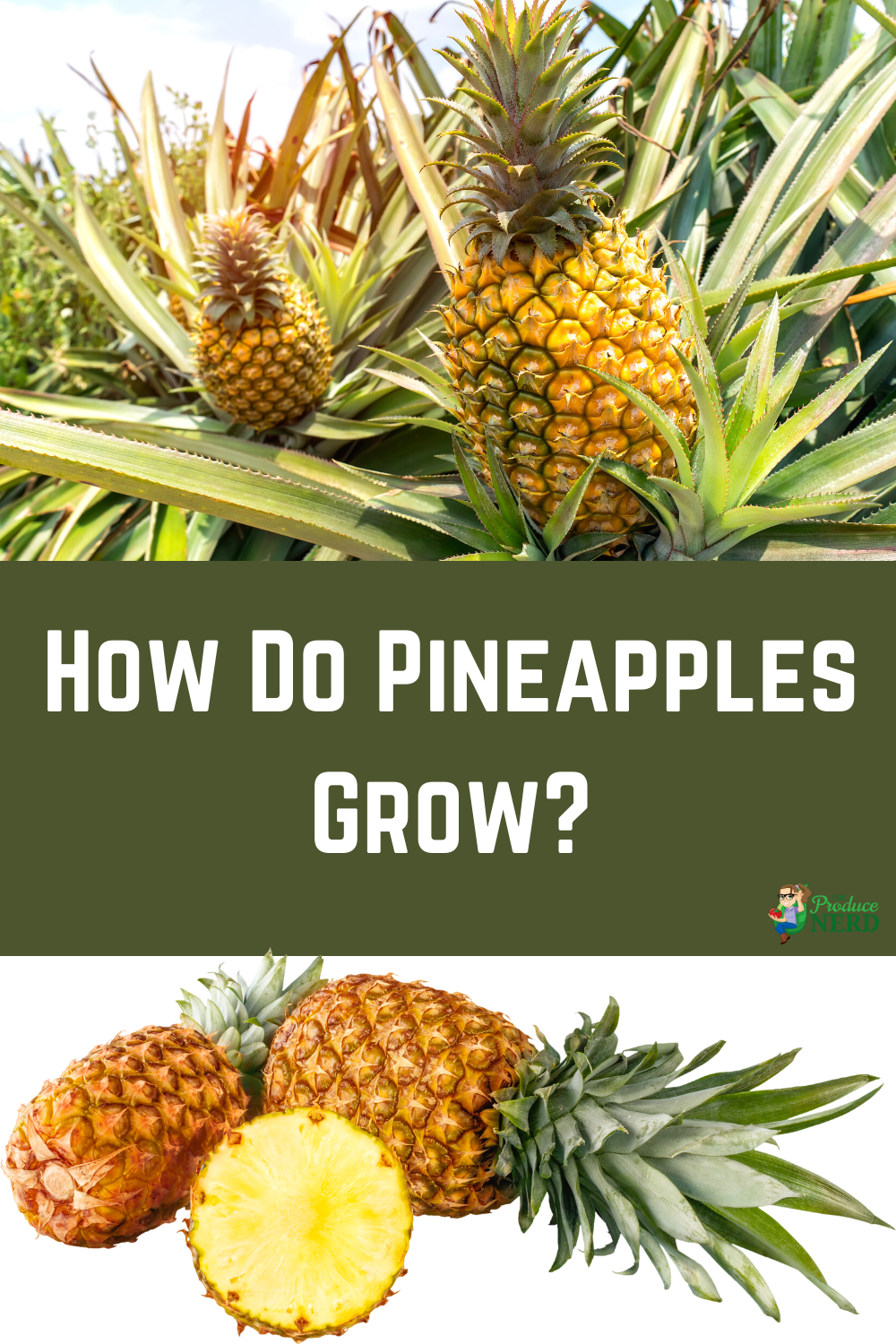Pineapples are really popular as a ready-to-eat product at the grocery store and at catered events, but how often do you buy them and cut them up yourself? Depending on where you shop, an average pineapple will cost you between $3 – $4. This is incredible considering how pineapples grow, where they are grown and the work and time that it takes to get pineapples on the grocery shelves.
Believe it or not, I did not eat my first pineapple until I was a senior in high school and my sister had brought some home with her from Hawaii. Of course, my mind was blown and pineapples are now a part of my regular diet.
Table of Contents
Where do Pineapples Grow in the United States?
Pineapples are tropical fruit, meaning that they can only grow successfully in tropical growing regions. For that reason, pineapples have historically been grown in Hawaii. The rest of the United States does not provide the tropical environment that is required.
Lanai’i Island – The Pineapple Island
During a recent trip to Maui, I learned about the island of Lanai’i. Lanai’i is an island a short distance away from Maui that used to be considered a pineapple island because that was the main economic function on the island. However, over time, pineapples fazed out of commercial production on the island and throughout Hawaii, as the cost of production was found to be much cheaper in other Central and South American countries, where the same type of pineapples could be grown.
Pineapples are still grown in Hawaii on a small-scale, but the pineapples you find in the grocery store throughout the United States are most likely going to be from Central America. You can also have success growing pineapples at-home in Florida and in Southern California.
How do Pineapples Grow?
To describe how pineapples grow, I think the video below that was created by Dole can explain it best!
When to Harvest Pineapples?
Since pineapples are non-climacteric fruit, they need to be harvested when they are ripe, as they will not continue ripening after harvest. A common misconception with pineapples is that they continue ripening after harvest and that they can ripen on your counter. That is not true. The fruit can change color from green to yellow (starting from the bottom-up), but that is normally the result of exogenous ethylene that is used to make it appear as though the pineapples are riper than they are.
For pineapples, the growers measure the soluble solids concentration (SSC) and titratable acidity (TA) levels, which they use to determine the ripeness of the fruit. They sample a few fruit from the field prior to harvest to determine when a block is ready for harvest.
The actual harvesting process is very strenuous on the workers. Although the plants are short, the leaves are sharp, and the plants extend 3 – 4 feet in width. This results in the workers needing to wear long sleeves, pants, and protective glasses.
After the pineapples are harvested, they are taken to the packinghouse, where they are washed and receive a wax application. The wax is used to prevent internal browning.
How to Cut a Pineapple?
It is as simple as removing the top and bottom (to have a flat cutting surface), removing the sides, cutting around the core and enjoying the fruit!
For some of you, this is probably the most important part! The first time I cut a pineapple, I did not even consider the core and ate it and enjoyed it! I know a lot of people are a little bit more particular about the core, and luckily the following video should be able to help you when cutting up your pineapple and removing the core.
You might also like reading:


Loved this article! I’m glad you were able to add ‘how to cut a pineapple’ into this as well. I always thought I was wasting too much of the fruit after removing the outer layer but it seems that’s typical.
I’m with you Megan, lots of work, it’s amazing we can get pineapples for our current prices.
Question, My plant is in a big pot, it is full of many leaves, 1 plant delivered the best p I’ve ever eaten. But what do I do now with all of this plant. How do I prepare for the next growing season?
Question, My plant is in a big pot, it is full of many leaves, 1 plant delivered the best p I’ve ever eaten. But what do I do now with all of this plant. How do I prepare for the next growing season?